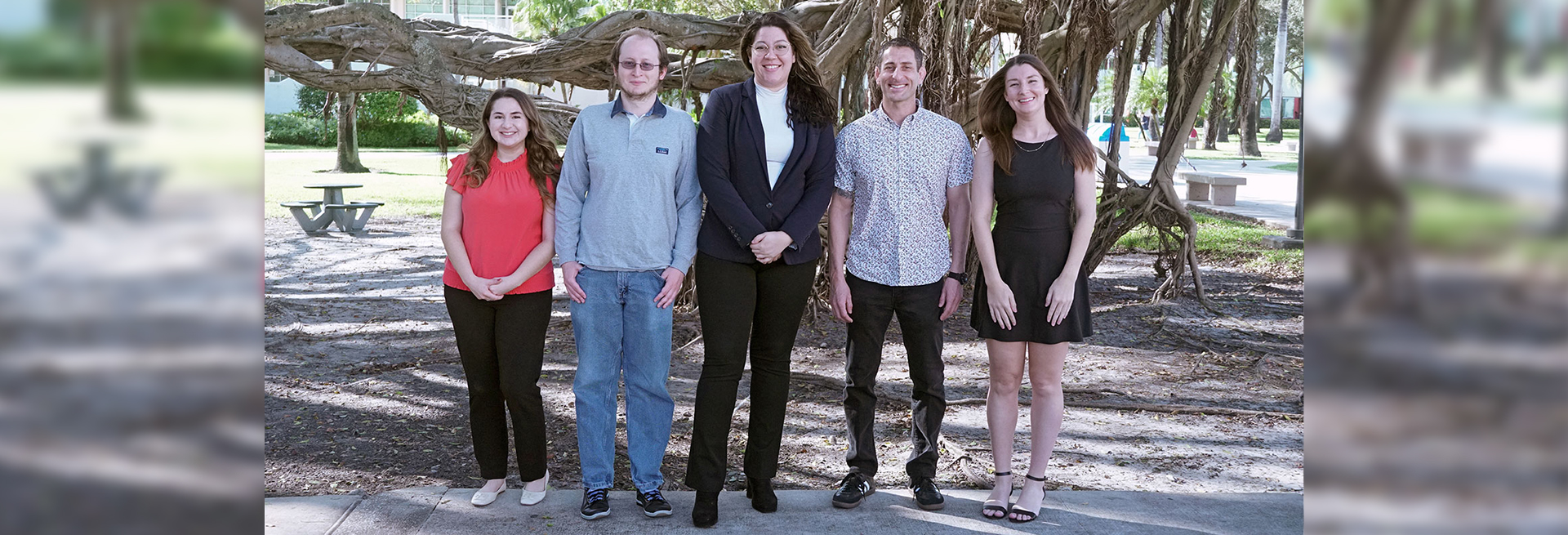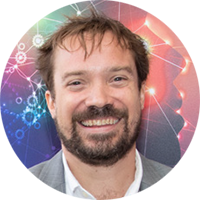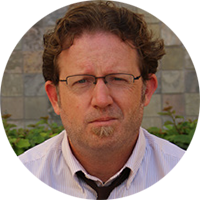By Gisele Galoustian
Five Florida Atlantic doctoral students, whose work embraces computational neuroscience, were recently awarded the second round of Computational Brain Science and Health Graduate Fellowships.
A $1 million gift from the Palm Health Foundation, awarded through its Brain Health Innovation Fund, supports new technologies, treatments, resources and educational tools to advance brain health in the community.
“Through the generosity and continued support from the Palm Health Foundation, talented young Florida Atlantic scientists will have the opportunity to advance their important discoveries that benefit from computational approaches,” said Randy D. Blakely, Ph.D., executive director, Florida Atlantic’s Stiles-Nicholson Brain Institute, the David J. S. Nicholson Distinguished Professor in Neuroscience, and a professor in the Department of Biomedical Science within Florida Atlantic’s Schmidt College of Medicine. “Their novel research is aimed at data-intensive investigations underlying autism, Huntington’s disease, neurostimulation, a secure encryption method for large medical imaging file formats and elucidating the integral role the prefrontal cortex plays in complex behaviors.”
Here’s a look at the recipients and their research.
The research being conducted by some of the brightest minds in the nation will greatly contribute to our knowledge of brain function and brain health and will enhance the well-being of our communities in Palm Beach County and beyond. We are excited and proud to support these five Florida Atlantic graduate students selected to receive the Computational Brain Science and Health Graduate Fellowships, who are exploring unchartered territories in neuroscience and advancing scientific research to new levels.”
– Patrick McNamara,
president and CEO of Palm Health Foundation
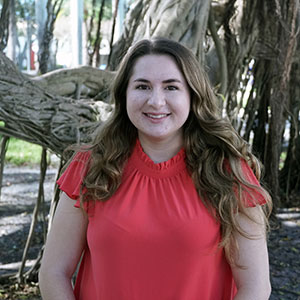
Lindsey Riera-Gomez
Neural Synchrony During Parent-infant Interactions in Infants At-risk for AutismThis project will identify early markers for autism spectrum disorders during infancy, which may aid clinicians in providing earlier diagnoses and treatment at a time when the brain is most plastic. Research shows that coordinated behaviors, movements and neural activation between infants and their parents is an important developmental milestone predictive of social brain development, empathy and symbol-use, and may be disrupted in infants at-familial-risk for autism. Given that autism is a neurological disorder that disrupts social functioning, simultaneous brain scanning of both parent and infant during a social interaction approach could help to identify the neural underpinnings of social deficits in autism during naturalistic face-to-face interactions. An fNIRS neuroimaging approach could identify if the level of interpersonal synchrony that infants share with their parent is associated with their familial risk for autism.
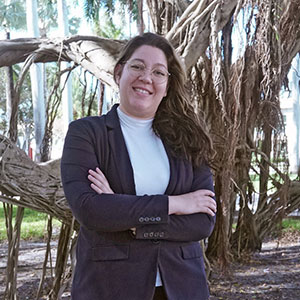
Gianna Cannestro
Computational Approaches to Optimize Data Analysis for a Huntington’s Disease ModelHuntington’s disease is a heritable, terminal, neurodegenerative disease with no known treatment or cure resulting in emotional, cognitive and motor dysfunction. Cannestro and collaborators plan to utilize methods of signal processing to tease apart electrical recordings into functional and connective differences between healthy and Huntington’s cells. They will determine potential differences in electrical activity of individual cells, the connective characteristics as the state of intercellular connections, and the resulting network activity. Specifically, this project focuses on optimizing algorithms and developing a tailored computational analysis pipeline to handle and process the large amount of data recorded from multi electrode array experiments. Identifying such differences can aid in the development of diagnostic identification tools, as well as provide a framework for the development of disease detection and drug screening methodology.
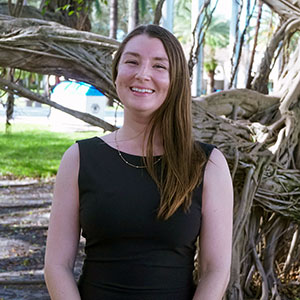
Jennifer Giordano
Safeguarding the Brain: Secure Neuroimaging Data Encryption for AI-driven Brain AnalysisThe future of medicine is shifting to cloud computing, where health care providers can access patient information anywhere, any time. As the fields of artificial intelligence and neuroscience advance, the development of methods to interpret brain activity becomes increasingly imminent. Recent studies have already demonstrated the feasibility of such interpretation for specific brain regions. Decoding patterns of neural activity will unlock insights into the underlying mechanisms of cognitive function and behavior, potentially revolutionizing medical treatments. However, this also presents challenges to HIPAA regulation and raises concerns for potential intellectual property. Ensuring data security is crucial in protecting patients’ privacy and encouraging participation in neuroimaging studies. Ultimately, the integration of AI and cloud computing could revolutionize various aspects of health care. Giordano’s research addresses a vital step toward this goal: the creation of a secure encryption method capable of handling large medical imaging file formats while preserving the content and patient privacy.
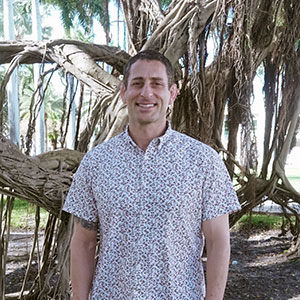
Ryan Gallagher
The Influence of Presentation Order and Duration on Learning Task StructureThe prefrontal cortex plays an integral role in complex behaviors that enable individuals to adapt to ever-changing environmental demands. The Hierarchical Error Representation model proposes a unifying computational account of prefrontal cortex function that can replicate activity observed, while also producing behavioral evidence of more complex structured learning. Gallagher’s research seeks to advance understanding of the neural mechanisms of prefrontal cortex and its role in behavior. To accomplish this, he has designed a series of experiments that manipulate various aspects of stimulus presentation (presentation order and duration on a learning task) to investigate how temporal and structural abstractions interact to govern how multiple sources of information are integrated. Findings from this research will provide information about the neural mechanisms that govern how multiple sources of information are integrated, which can then be used to refine theoretical models of the prefrontal cortex.
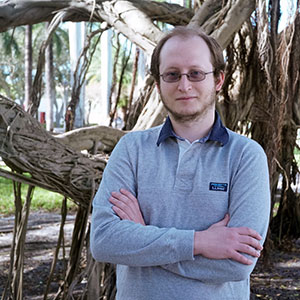
Joseph McKinley
Neural Entrainment: A New Complexity Science Paradigm for Healing the BrainResearch shows neurostimulation, a therapeutic intervention whereby electromagnetic signals are used to disrupt pathological patterns of neural activity associated with brain disease and induce new healthier patterns, can treat many neuropsychiatric disorders. But the underlying mechanisms of such remain poorly understood. McKinley will develop a nonlinear dynamical theory of neurostimulation, with the goal of informing precise and individualized neurostimulation treatment, honing a new tool for healing the brain. This research has implications for a wide range of brain-based diseases, including neurological diseases such as Parkinson’s and Alzheimer’s, epilepsy, tinnitus and chronic pain, as well as psychiatric disorders including major depression, obsessive compulsive disorder, generalized anxiety, post-traumatic stress disorder, bipolar disorder and psychosis. This research will give clinical neuroscientists the precision to prescribe treatments based on the needs of individual patients according to their unique neural makeup and specific pathologies.
